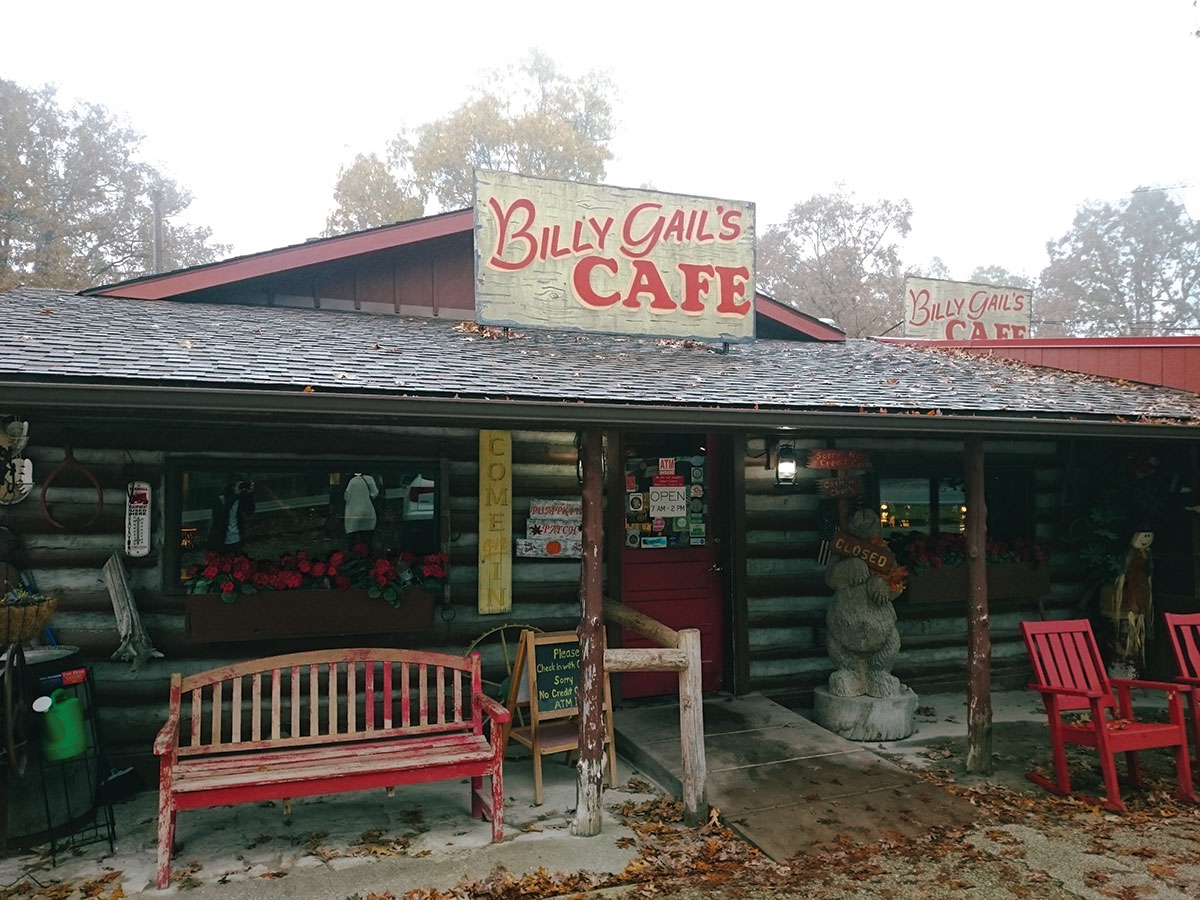
Boone County, Ark., museum is home to some very unique collections
Taking a trip sometimes requires choosing between a big city attraction or a less urban location with the unfamiliar museums.
One often overlooked category of museums is county museums frequently operated by local historical societies. Such is the case with the Boone County Historical Museum in Harrison, Ark. Boone County’s Heritage Museum opened in 1987 when the Younger brothers of nearby Beaver, Ark., were looking for a home for their extensive collection of railroad memorabilia at the same time the historical society began leasing the first state-sponsored high school in Boone County which was founded in 1912.
The old, three-story school became home to a beehive of volunteer renovation activity headed by then–historical society president Fred Hudson. Classrooms converted to themed showrooms and collections which had been stored in various locations.
Curator Toinette Madison has worked as a small museum curator for 15 years. Coming from a six-generation Boone County, Ark., family, a love of history was a natural. Having served as the curator of the Newton County Museum, when asked to curate for Boone County, she jumped at the chance.
“All three floors are chock full of wonderful stuff that tell the story of our area which, in many ways, tells the story of the early years of our entire region,” she explained. “Details of different areas, of course, are unique, but the feeling of the historical eras is genuine and universal.”
The M&N Railroad (Missouri and North Arkansas Railroad) opened headquarters in Harrison in 1911. Though the railroad was a short line, it ran 365 miles from Joplin, Mo., to Helena, Ark., and provided shipping to larger produce markets. The railroad had a colorful history and has many avid fans whose family members had been employed by the railroad since the beginning.
Railroad buffs are eager to see the extensive collection of personal items such as excursion car dishes, payroll lists and other records, as well as lanterns and other personal items most often lost to time that many museums don’t keep.
Another highly popular collection is in the Dogpatch Room, reminiscent of the Al Capp comic strip. The room contains many items from the local Dogpatch USA theme park, which was open from 1968 until 1993, another significant area employer. Included in the collection are a restaurant table, souvenirs and the cape worn by the winner of the National Miss Dogpatch Contest, which was held in the late 1960s and early 1970s.
Other room themes are a country store and house reminiscent of the late 1800s to 1900s, a medical room and the military room. The military room covers all U.S. wars and is highlighted by the curator’s favorite exhibit, a jacket from the Spanish-American war. The room also contains a Japanese rifle from World War II as well as saltpeter pots used to make gunpowder for Civil War weapons.
Most areas across the country have a larger-than-life folk “celebrity” and Harrison is no exception. Henry Starr was an Oklahoma outlaw who robbed his first bank on horseback and claims to have been the first to use an automobile. He ventured to Harrison, where he killed a U.S. Marshal and was sentenced to be hung. However, his dapper mannerisms and pleas from friends earned him a pardon, and he headed to Hollywood to star in movies such as Debtor to the Law. Because the Hollywood venture was not lucrative, he returned home and started robbing banks again. In February 1921, he ventured into Harrison where he met his match in William Myers and was shot. Henry’s dapper way can be glimpsed in the confession letter he reportedly dictated from his deathbed in Harrison.
Among the museum’s annual activities are a monthly speaker on some aspect of local and regional history, a Halloween Monday Bash and a dinner with living history characters portrayed by local actors.
When the 100-year anniversary of the building came around, the museum had a celebration, which included removing the cornerstone and opening a time capsule. Inside the capsule were records such as rosters of all the churches as well as memberships of civic groups and other organizations. With the 100-anniversary year of Henry Starr’s death approaching, planning is beginning for another celebration.
The museum is home to a gift shop with an array of historical material. Area historical and genealogy books are available, as are copies of their newsletter. Also available are CDs relating interesting stories from different time periods including one about Dogpatch.
Recently, the museum received a grant for renovating and upgrading their resource room. This grant makes possible for many of the museum archives to be digitized. Included are school projects done by children during the 1990s about family history as explained by grandparents, friends and neighbors. Many of these projects contain audio and video interviews.
“One of my favorite things to do is helping people find those interviews,” said Toinette. “They often don’t think about them until an interviewee passes away, and then they come here looking to see if there’s any chance that report is still around. I love seeing the joy on their faces when I am able to give it to them. Now I will be able to give it to them in an easily assessable format.”







